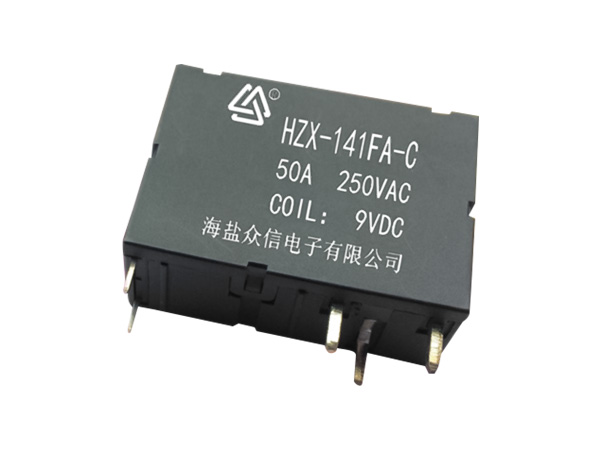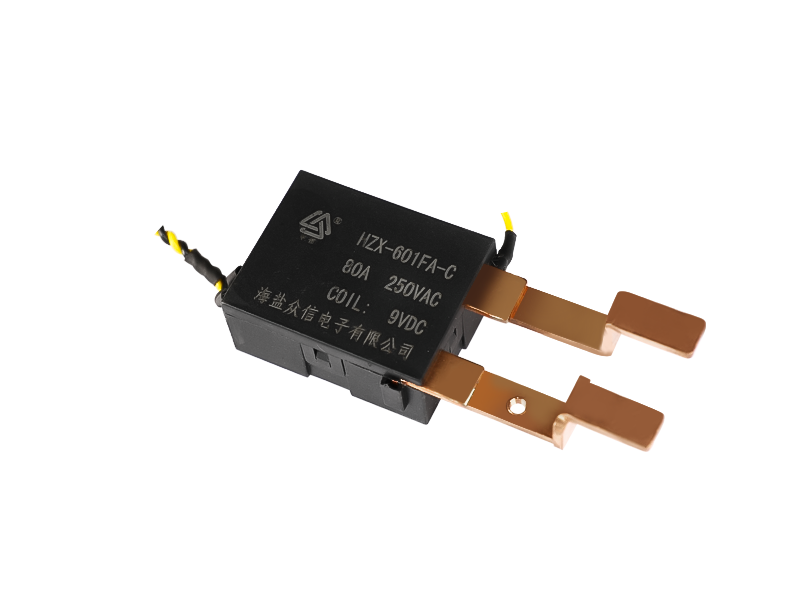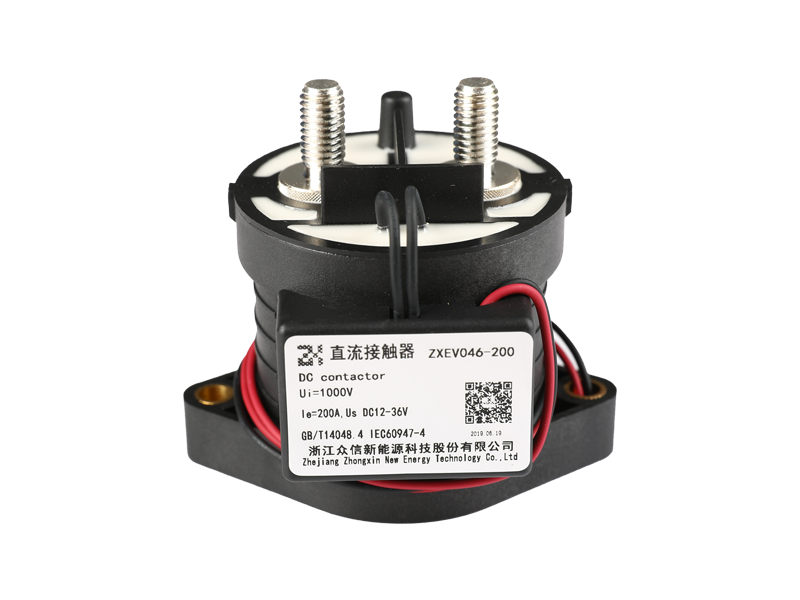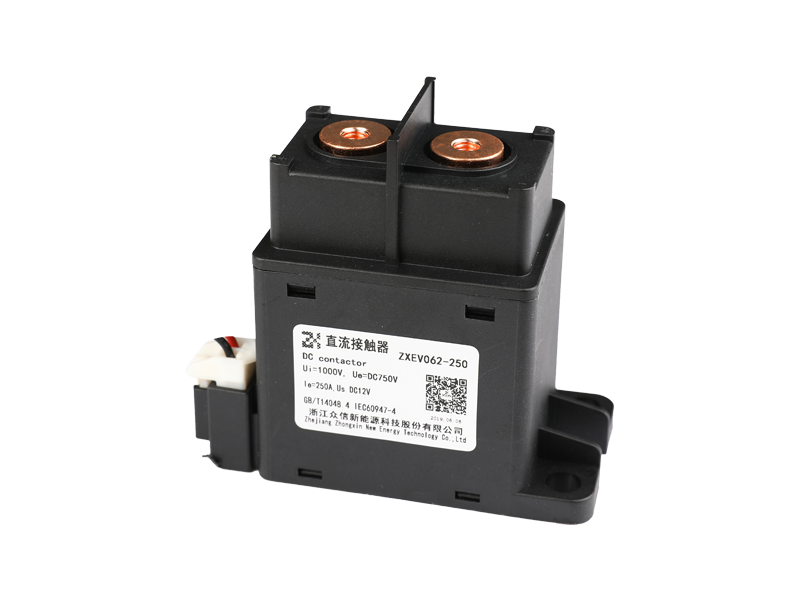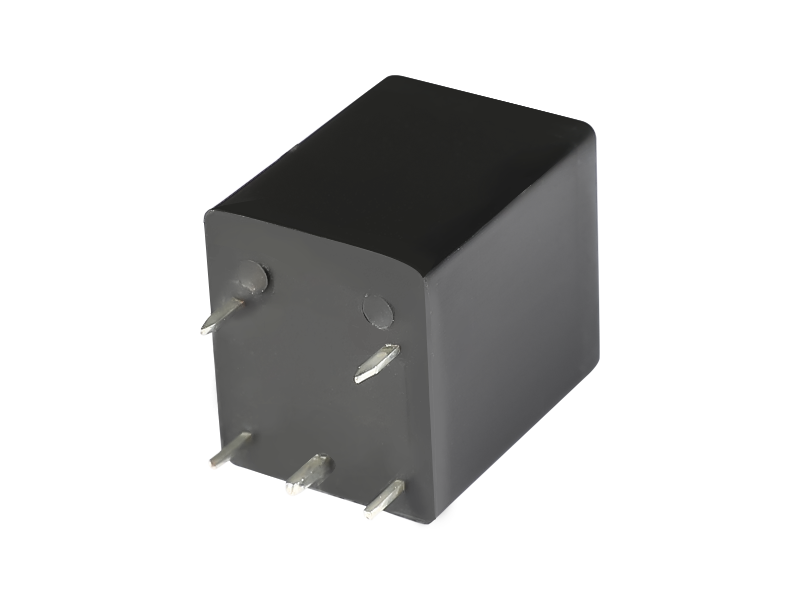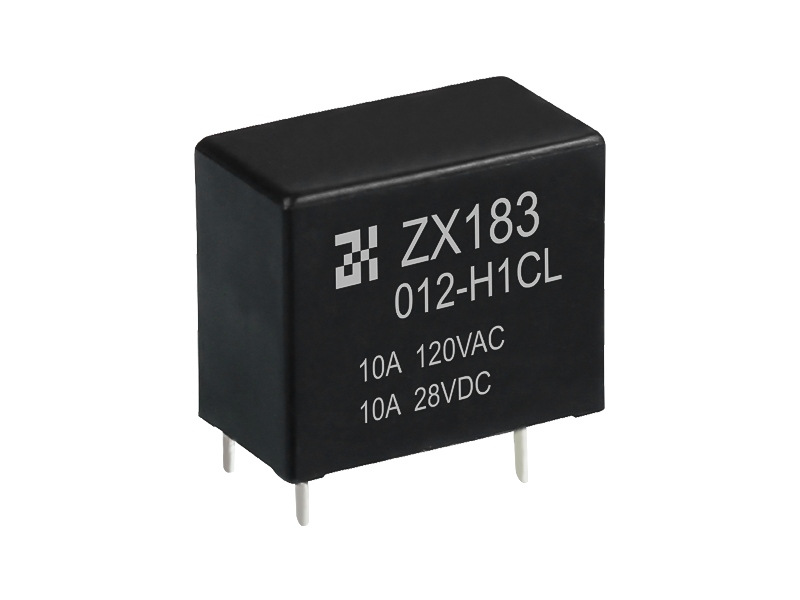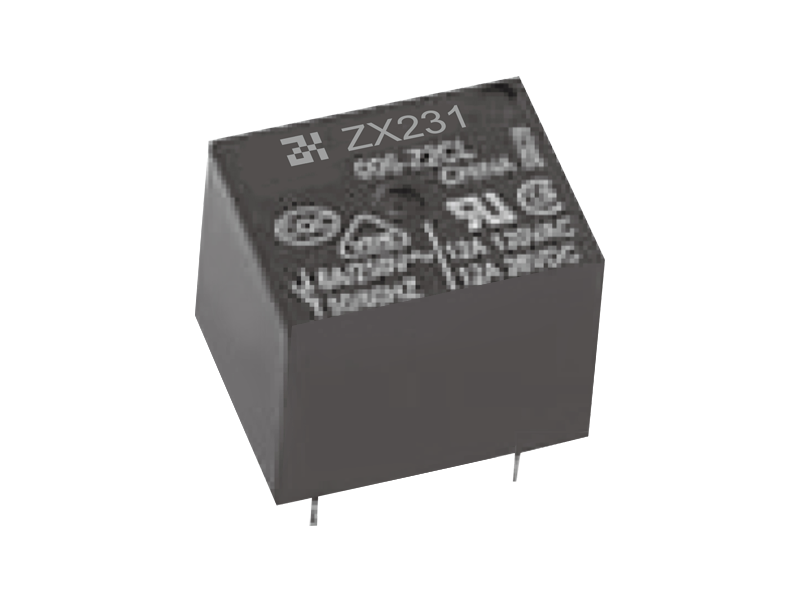Electrical relays are devices designed to control, protect, or switch electrical circuits by using an electromagnetic mechanism. There are various types of relays, each tailored for specific applications and functions. Here are some common types of electrical relays:
Electromagnetic Relays: These are the most common type of relays. They use an electromagnetic coil to create a magnetic field that moves a switch (contacts) to complete or interrupt a circuit. They can be further categorized into:
Normally Open (NO) Relay: The contacts remain open in their normal state and close when the coil is energized.
Normally Closed (NC) Relay: The contacts remain closed in their normal state and open when the coil is energized.
Changeover (CO) Relay: These have one normally open contact and one normally closed contact, allowing them to switch between two circuits.
Solid-State Relays (SSRs): Instead of using mechanical parts, SSRs use semiconductor components (like thyristors or triacs) to perform the switching. They are faster, have longer lifespans, and are quieter compared to electromagnetic relays. They are often used in applications where there's a need for precise control or in environments where mechanical relays might wear out quickly.
Thermal Overload Relays: These are used to protect motors from overheating by monitoring the current flowing through the motor. If the current exceeds a certain threshold for a specified duration, the relay trips and interrupts power to the motor.
Protective Relays: These relays are used to protect electrical systems and equipment from faults or abnormalities, such as overcurrent, undercurrent, overvoltage, undervoltage, etc. They sense these conditions and initiate actions like circuit tripping or alarms.
Time Delay Relays: These relays introduce a time delay between the activation of the coil and the movement of the contacts. They are used to control events that need a specific time delay between them, like turning off a motor a certain time after it has been turned on.
Latching Relays: Also known as bistable relays, these relays have contacts that remain in their last state even after the coil is de-energized. They require a separate pulse or signal to change their state, making them useful in applications where power consumption needs to be minimized.
Reed Relays: These relays use reed switches (small, sealed glass tubes containing two metal reeds) and a magnetic field to control the contacts. They are compact, have low contact resistance, and are often used in applications with low current levels.
Mercury-Wetted Relays: These relays use a pool of mercury to make and break contacts. They have very fast switching times and are often used in applications where rapid and reliable switching is required.
Voltage Relays: These are used to monitor voltage levels and trip the circuit if the voltage goes above or below a preset threshold.
These are just a few examples of the many types of electrical relays available. The choice of relay type depends on the specific application's requirements, such as switching speed, voltage/current levels, reliability, and environmental conditions.

